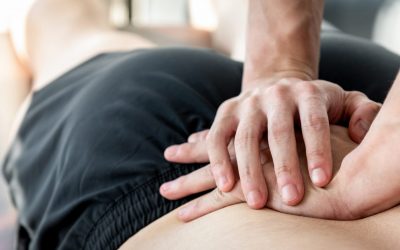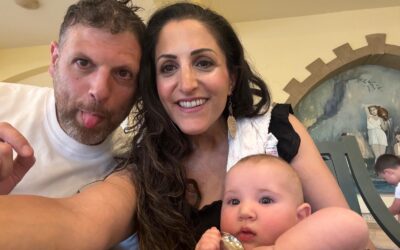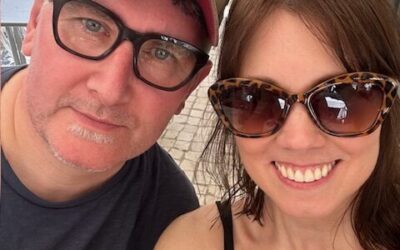(From our expert team at Cheadle Osteopathy, treating patients from Stockport, Cheshire, Manchester, Cheadle, Gatley and surrounding areas).
You have heard about osteopathy and osteopaths but are not sure what osteopaths do, if it will be able to help with your problem or you may also be concerned if it is safe of not. Hopefully these top 5 things you didn’t know about osteopathy will help to answer those questions and reassure you about having treatment with an osteopath.
5 things you didn’t know about osteopathy – Number 1
We don’t just treat backs!!! We treat the whole body and you as a whole person
So many times, people thing we are only about problems with the back or spine. This is not true.
Osteopaths use hands on techniques to alleviate pain and improve mobility in ANY muscles, joints, nerves, ligaments or tendons.
In our clinic in Cheadle (serving patients from Stockport, Cheshire, Manchester, Cheadle, Gatley and surrounding areas) we commonly see people for minor sports injuries, headaches, trapped nerves, knee pain, mild osteoarthritis pain, neck pain, back pain, sciatica…..and so much more.
 We use a variety of techniques too including soft tissue massage, joint mobilisations, stretches, joint releases (the click/pop) and exercise prescription that is bespoke to you and your needs.
We use a variety of techniques too including soft tissue massage, joint mobilisations, stretches, joint releases (the click/pop) and exercise prescription that is bespoke to you and your needs.
At Cheadle Osteopathy we help people to live life again, without pain. We empower our patients to help themselves. We do this by listening to your story, conducting a thorough examination, explaining your condition to you and putting together a treatment plan, that’s right for you.
Osteopaths look at the body holistically so we don’t just look at the part that hurts but at the whole body. So, if you have a sore knee, we want to get to the root cause of that problem. It may be related to an old ankle injury hat changed the way you walk or an imbalance in your pelvis that has led to muscle imbalances around your knee. Whatever is causing your pain, we will work out the puzzle and then be best placed with how to get you feeling better again.
So, if you are living in Cheadle, Gatley, Stockport, Manchester, Cheshire or surrounding areas – we are here to help you.
What’s stopping you?

Other useful information
What’s osteopathy? Meet the team and about us
5 Things you didn’t know about osteopathy – Number 2
It’s all about you
Osteopathy is a unique physical, hands on therapy because it’s all about you. It is patient centric.
No two patients even with the same pain or condition are the same.
In order to really understand your problem to help you we need to know:
• what do you enjoy doing?
• what motivates you?
• what would you like to be able to do that you aren’t able to now? What’s your goal?
• how does your job / lifestyle affect your problem?
• what medical history or injuries could have led to where you are now?
No matter how big or small we want to help you achieve your goals, free from the limits of pain or restricted movements.
When it comes to treatment, the plan and techniques are chosen are still done so with you as the patient at the centre. If there are certain techniques you like or don’t like, that’s fine – osteopaths are very adaptable. Any advice we give will be tailored to you and your lifestyle.
It’s no good us telling you your pain is caused by your desk job -so quit your job and become a yoga instructor. That’s not practical (unless you want to!). Our advice will be reasonable within your lifestyle, time constraints, finances etc. It’s all about you.
5 things you didn’t know about osteopathy – review from Lorraine
5 Things you didn’t know about osteopathy – Number 3
It’s not just for adults, we treat babies and children too
Osteopathy is safe, effective and gentle. It can be adapted to treating event he youngest of patients.
When treating babies and children osteopaths often use gentle cranial osteopathy techniques or gentle rocking movements and mobilisations. It does not hurt the baby or child. Many children enjoy it and find it relaxing.
Despite the name ‘cranial osteopathy’ it isn’t just about the head. We treat the whole body, just as we do in adults.
We look at the relationships between the bones, muscles and nerves to help your baby to feel more relaxed and comfortable.
 Many children will start having treatment with us at Cheadle Osteopathy and then continue throughout their childhood. The may pop in for checks as they grow and develop, after bumps or falls, during growth spurts or after sports injuries.
Many children will start having treatment with us at Cheadle Osteopathy and then continue throughout their childhood. The may pop in for checks as they grow and develop, after bumps or falls, during growth spurts or after sports injuries.
It is a privilege to be able to watch them grow and to know that we are investing in their health now and in the future.
Healthy attitudes towards proactive healthcare, start early and can last a lifetime.
If you are looking for treatment for your baby or child in Stockport, Cheshire, Manchester, Cheadle or Gatley, we would be delighted to help.
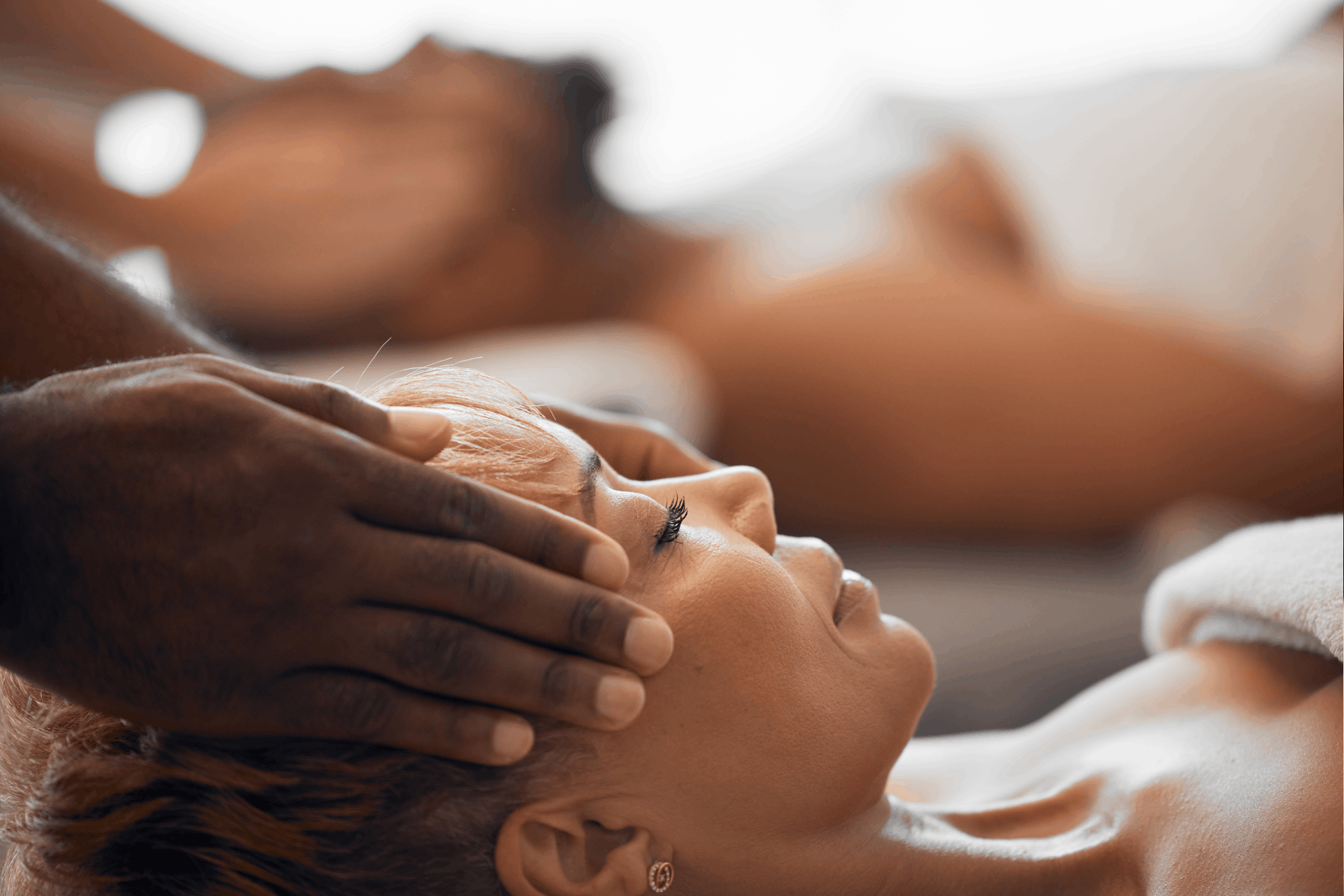
BOOK NOW
Further information :
osteopathy for babies and children and cranial osteopathy
5 Things you didn’t know about osteopathy – Number 4
Is it safe?: How do I know they are properly qualified? Isn’t it all a bit alternative for me?
If you haven’t been used to seeking treatment outside of the NHS then seeing a private therapist like an osteopath can be worrying.
First and foremost, osteopathy is safe.
Osteopaths are allied healthcare practioners, along with speech therapists, physiotherapists, podiatrist and dieticians to name a few. So you see it’s not really considered that ‘alternative’ but is actually a mainstream, recognised, trusted and respected profession. We work to compliment and support other healthcare providers.
• Training and qualifications:
Osteopaths train for a minimum of four years (studying both academic subjects as well acquiring practical skills). We have to obtain an academic degree (Bachelor or Master’s of Sciences) as well as pass Clinical competency exams, in order to be allowed to register and call our selves an ‘Osteopath’.
• Registration and regulation
Osteopathy is a registered profession which means you must be qualified, registered and insured in order to use the title ‘osteopath’. Anyone who is legally allowed to call themselves an osteopath but be registered with the General Osteopathic Council (GOsC). You can check here.
We are regulated by the GOsC, which means they set professional codes of conduct and Continuous Professional Development (CPD) requirements that all osteopaths must adhere to.
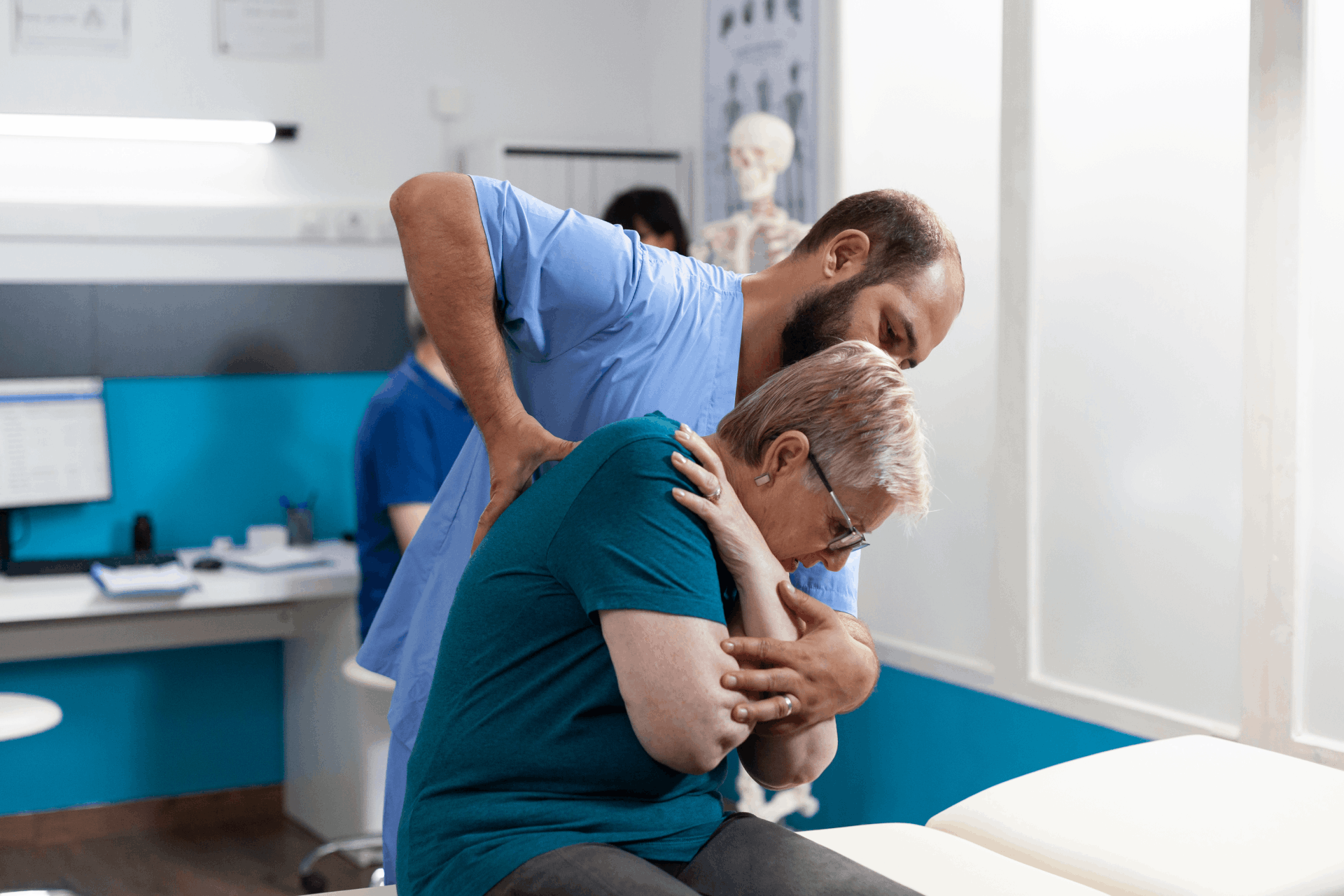
• Continuous Professional Development (CPD)
All registered osteopaths have to complete 30 hours of CPD a year, which is submitted on a three-year cycle (90 hours over 3 years). Half of this has to be learning with others in the format of course or growing our knowledge and experiences through studying with colleagues.
This level of CPD is similar in requirement and structure to many medical professions.
CPD ensures that we stay up to date with the latest evidence-based treatments, that we learn new skills, revise old skills and keep progressing forwards in areas of communication, consent and inclusivity.
This CPD is a requirement of re registration, which must be done every year.
5 Things you didn’t know about osteopathy – Number 5
You don’t need to be in pain to have treatment.
This one might seem odd – surely most people come to see us because they are in pain. This is true. But did you know that pain is your body’s last resort, not it’s first.
By the time your body is experiencing pain the contributing factors may have been building up for some time. Our bodies are very good at compensating, coping and carrying on. But there reaches a point when this becomes harder and our body has to alert us to the fact that something isn’t right.
It gives you pain.
This is the point that most people start to seek help. It may then take a few treatments to ‘unpick’ the contributing factors that have led to your current pain.
Think about it – you go to the dentist every six months for a check up. Many GP practices offer well women or well man check ups. We have vital screening services to spot early signs of more serious disease, before symptoms start. You take your car for a regular service and MOT to nip problems in the bud before thy become more serious.
So why wouldn’t you do the same with your body?
A check up with an osteopath is a great opportunity for us to see if there are any mechanical issues arising that could cause problems further down the line. This means we can then treat those areas of tension but also get you started on the right track with exercises, stretches and lifestyle adaptions that could prevent a worsening issue in the future. When to see your osteopath
At Cheadle Osteopathy, based in Cheadle, Stockport, serving Cheadle, Gatley, Manchester, Cheshire or surrounding areas, many of our patients, once having had the initial problems ‘fixed’ will decide to have maintenance session. This may be every couple of months or as little as once or twice a year.
Investing in your own health and own body is something your future self will thank you for it.

If you would like to learn more than just these 5 things about osteopathy then please visit these other pages:
National Council for Osteopathic Research
Institute of osteopathy
General Osteopathic Council

